Written and directed by Julia Pascal
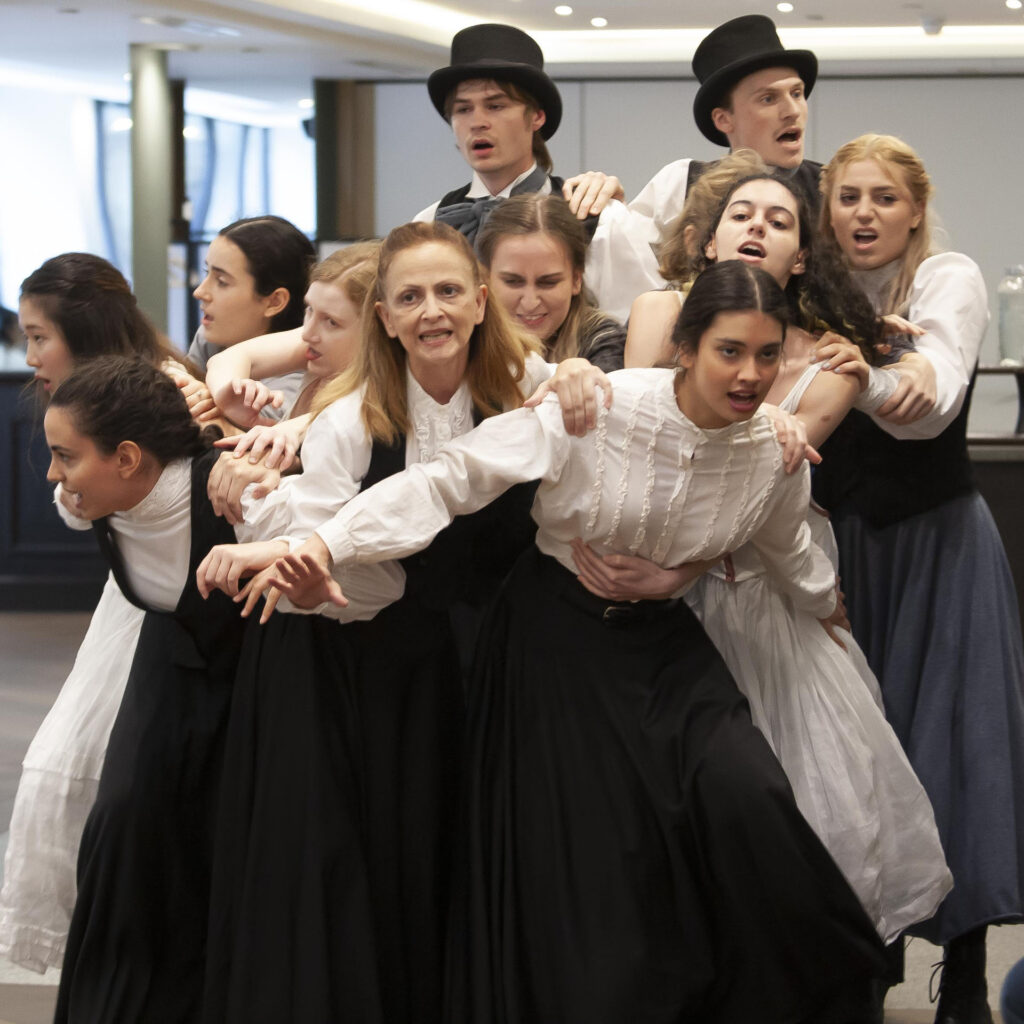
Collaborating with students from London Contemporary Dance School and professional actors Ruth Getz, Lesley Lightfoot, Amanda Maud, Sophie Max and Samantha Leverette, Julia Pascal created a dance-theatre celebration of the life and work of Eleanor Marx.
This was performed at the Royal National Hotel on 23 October as part of the Bloomsbury Festival drawing a wonderfully diverse audience.
The performance was followed by a singing workshop Sing & Subvert with Ruth Getz leading the audience through ‘If it wasn’t for the ‘Ouses in between’ Bateman & LeBrunn.
Eleanor Marx: A Life In Movement.
Performance at The Bloomsbury Festival 2022.
Full recording of this performance is available for research and educational purposes.
Contact admin@pascal-theatre.com.
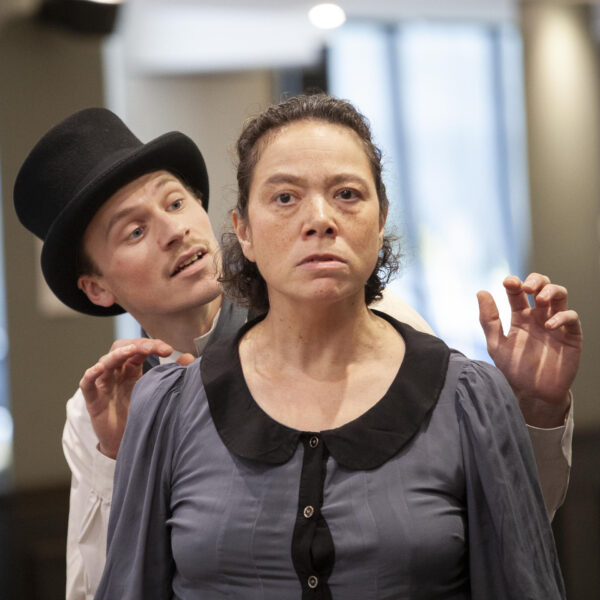
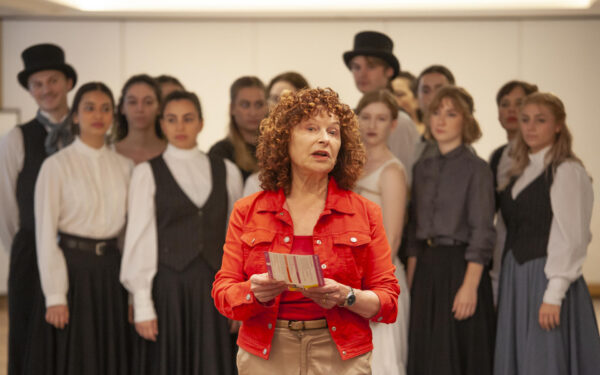
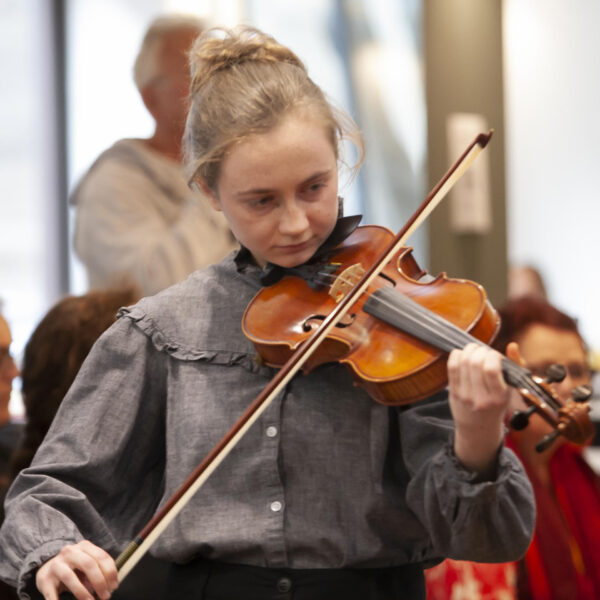
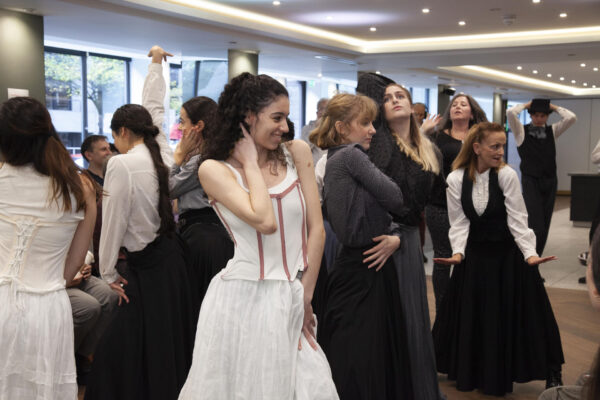
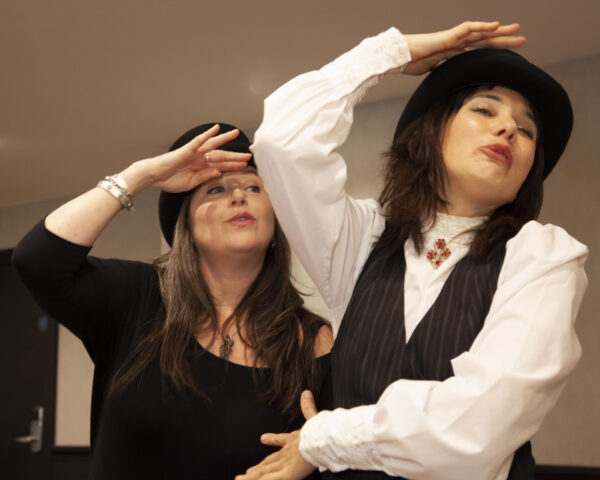
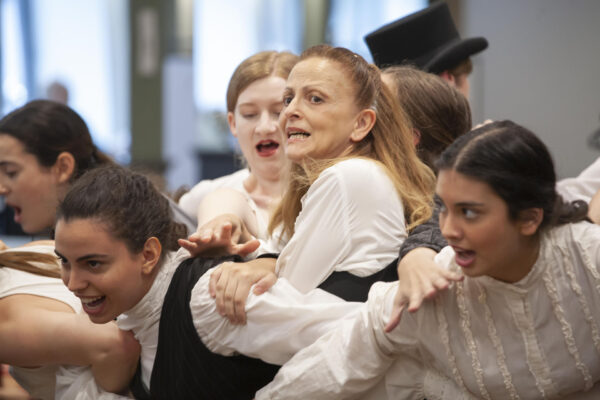
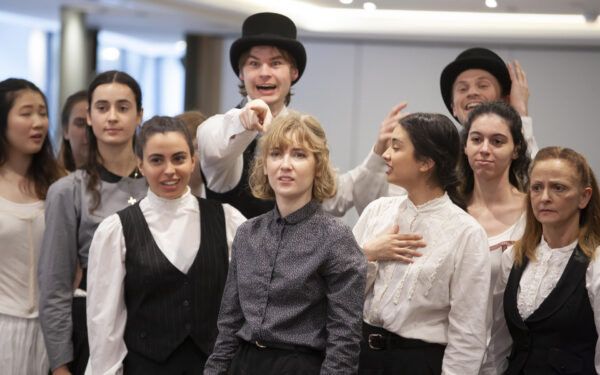
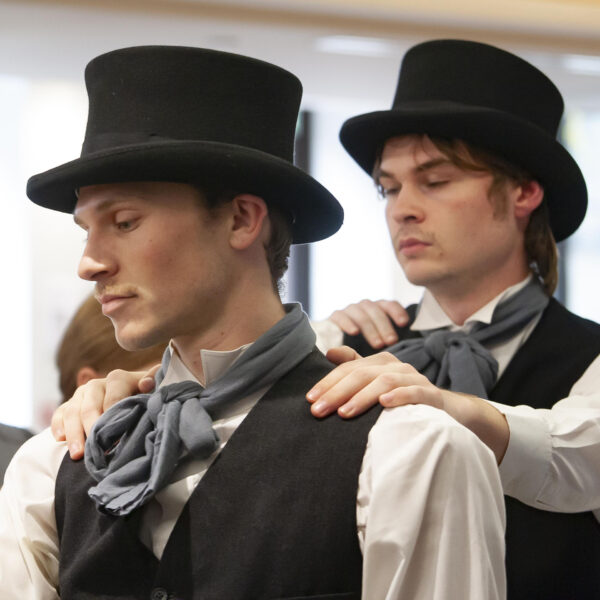
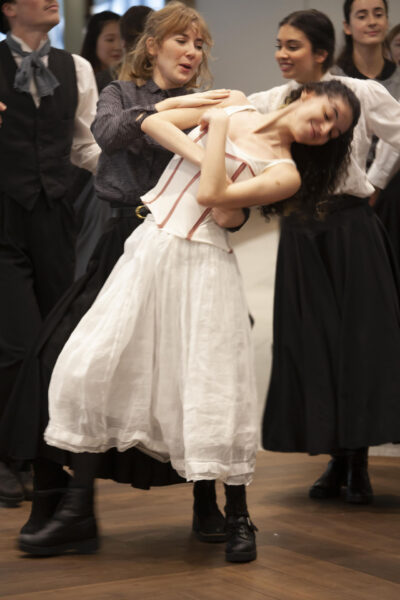
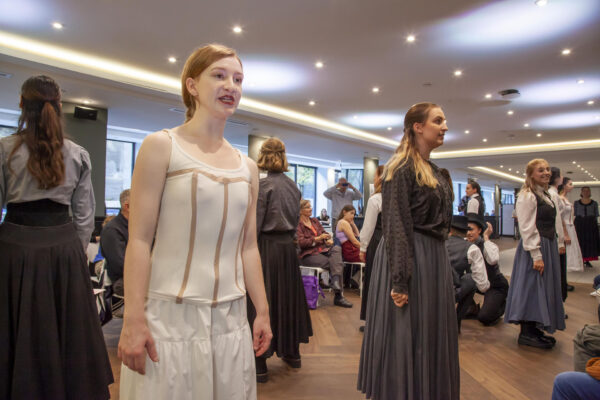
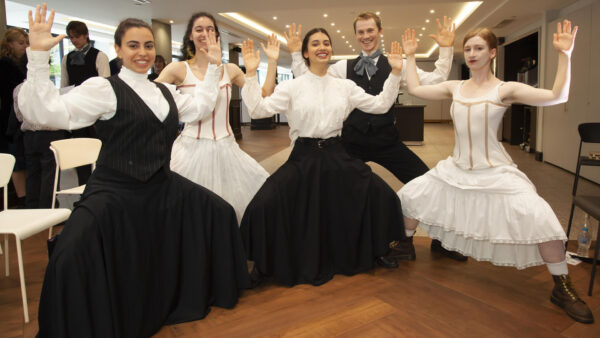
photographer: Stuart Keegan
Audience responses:
Very good. It was amazing how much there was in such a relatively short piece.
WELL DONE. Very creative and entertaining!
How do you rate the performance! Excellent, as always.
Great Show!
That was terrific – thank you! Loved the choreography, and the costumes and had completely forgotten how talented was Eleanor, brilliantly cast!
I vividly remember coming upon a biography of her when I was about 14 and working my way round the shelves of library across the road but hadn’t remembered really how brilliant she was; the languages, translating Madame Bovary, Ibsen, and just how many things she achieved.
Cast responses:
Thank you so much for asking me to be part of something so special. I had the most fantastic week and just loved working with so many brilliant people. An absolute treat from start to finish. All the songs are still going round in my head and I think I’ll be humming them for many weeks to come.
I very much enjoyed performing in Dancing, Trailblazing, Taboo!, thank you for asking me. And I learnt a lot, which is always a good thing.
What a great cast you put together, & the students were fab.
Julia Pascal interviewed on 14 October 2022 by Luke Mallett for Bloomsbury Radio
Discussing Dancing, Trailblazing, Taboo! Eleanor Marx: A Life in Movement and Sing & Subvert to be performed at the Bloomsbury Festival 2022
Excerpts from the interview:
Telling the story through dance
It was rather daunting but …researching her there are two wonderful biographies, Rachel Holmes and Yvonne Cap, which reveal what fun she was. She danced, she sang, she acted. She was an entertainer, the person you want to have dinner with. If you bring back people from the dead, she’s one you’d want at your dinner party. ..… she was incredibly self-educated by the environment and, of course, highly intelligent and multilingual… I’m not sure we even know all that she did. But, if you read what she did in her short life, it’s breath-taking. It’s many lives lived in one.
She was involved in the 1871 Paris Commune, the whole concept of revolution I think is not very well known by many students today. So, they’re learning a lot, just as we are learning a lot, of the importance of certainly the French Revolution, obviously, on the period, the 19th century, but on us all today as well. So, what is it to be radical? Of course, we now may reinterpret that in many different ways, but it’s the idea of radicalism and therefore, how do you make the performance a radical thing to watch? And we’re approaching that through a lot of fun and a lot of entertainment and actually through her childhood. She was a very entertaining and precocious child.
Nursery Rhymes
We’re using some nursery rhymes because how do you express complex political situations without boring your audience to tears? Things like Humpty Dumpty jumped out. Humpty Dumpty as the egg and the communist idea, or the socialist idea, that you can’t make an omelette without breaking eggs. So, we’re singing Humpty Dumpty sat on the wall …. and working that through as a dance number as well. On the one hand, it’s dealing with childhood nurseries, but on the other hand, it’s the political allegory of revolution, which is unseamed in her life.
We’re using many layers to tell the story of what she did. And, and because most theatre productions need conflict, we have someone saying, ‘Well, why should I hear of you? Who are you? Why do we not know you? And so she keeps proclaiming what she did… You can’t give the whole life in 30 minutes, but to give a flavour of the key points in her life, and to make her exciting and make people want to know more about her.
Working with dancers: voice and clowning
The question with the dancers, the majority of them are young women, and the majority of them don’t feel easy using their voices which I find very interesting. Well, one because they’re dancers and they’re used to using their bodies. But I think there’s a lot of young girls are not encouraged to use their voices. There’s still a stigma I think about taking the public arena again with your voice.
..we’re finding strategies [for them] to become dance theatre performers……..
..young women often are encouraged to be pretty ..and with dance the same thing. So, some of the work we’re doing is working with grotesques, and clowning, and showing the human in all capacities rather than just the pretty. I hear myself saying ‘too pretty, too pretty’ ‘Show me something monstrous.’ ‘Have fun with it.’
.it’s breaking down the boundaries of conditioning of be pretty and certainly the dance world to some extent still has this appearance of flat on prettiness which is a challenge, which in theatre doesn’t really happen. It’s much more challenging. ..A real artist is someone who can transform and can do anything and be plastic in their movements and be brave and adventurous. And that’s really the kind of performer that I want to create.
Who is Eleanor Marx?
I like the idea of breaking the personality. We are as human beings, we are so complex, we are many personalities. And we have many contradictions. Two of them [the actors] are Eleanor Marx, and sometimes they disagree with one another, which is quite fun, as we ourselves can disagree with ourselves. So, we have little struggles between the two of them at times… So, I guess there’s two Eleanor Marx and then there’s a third one, which is the musical Eleanor Marx, at the same time.. All the students also say lines of Eleanor Marx as well so it fragments as well.
Song
The singer Ruth Getz will be singing the Marseillaise because how do I express revolution on stage was my other question to myself when I was putting the script together, and I thought that the only thing is the song of theMarseillaise, which expresses the French Revolution. So to have pure music running through it at the same time that just filters through as a reminder of what revolution is or the song of revolution.
Sing & Subvert
When I was a drama student, we did a lot of music hall songs and I became aware of the importance of working class, vaudeville, musical culture as an act of subversion. And so we’ve chosen the song If it Wasn’t for the Houses in Between, …This workshop then engages all sorts of communities with a professional singer and the fun of political satire through singing so that’s, that’s why that’s there.
Film to be posted shortly.
See Julia’s tribute to Eleanor Marx Eleanor Marx – Pascal Theatre Company (pascal-theatre.com)
These events form part of Pascal Theatre Company’s Lottery Heritage Funded project Women for Women
All you need is Tussy: A Day in The Community Theatre
Reflections on the performance of Eleanor Marx: A Life in Movement 23 October 2022
Glendalys Medina
There is something that goes on an hour before a show. The room is both chaotic and calming all at once, staff running around getting the lights in check, dancers passing around hairspray and spreading foundation over their cheeks, everyone is moving constantly. When I entered the Windsor Room that Sunday afternoon, everything dosed in light from the windows, I remember thinking, “What the hell did I get myself into”. My expertise on performances is limited to my 3rd grade talent show, in which I sang a terrible song with terrible chorography and made a complete fool out of myself. The thing about community theatre is that like regular theatre, there’s this fog of excitement that settles in amongst everyone. In that final hour, the dancers stretch, the ushers (me) wander around the room looking for things to help with, chairs move, lights are fiddled with, and everything is like an overdrawn excitement-panic-attack. I met one of the assistants set managers right before the play began, and she said, “community theatre is dare I say, community-based”. Say what you will about the repetition of the word community, but Mia has a point here. Everyone is excited to tell the story of Eleanor Marx, in their own way. Through dancers, singers, actors, and writers they all play essential roles in the execution of this 20-minute play in the hotel dining room telling a story about a forgotten leader, told to forgotten communities, with a collection of students and teachers wanting to amplify a voice we have forgotten.
Mia Crisafulli interviews LCDS student dancers who took part in the dance-theatre event:
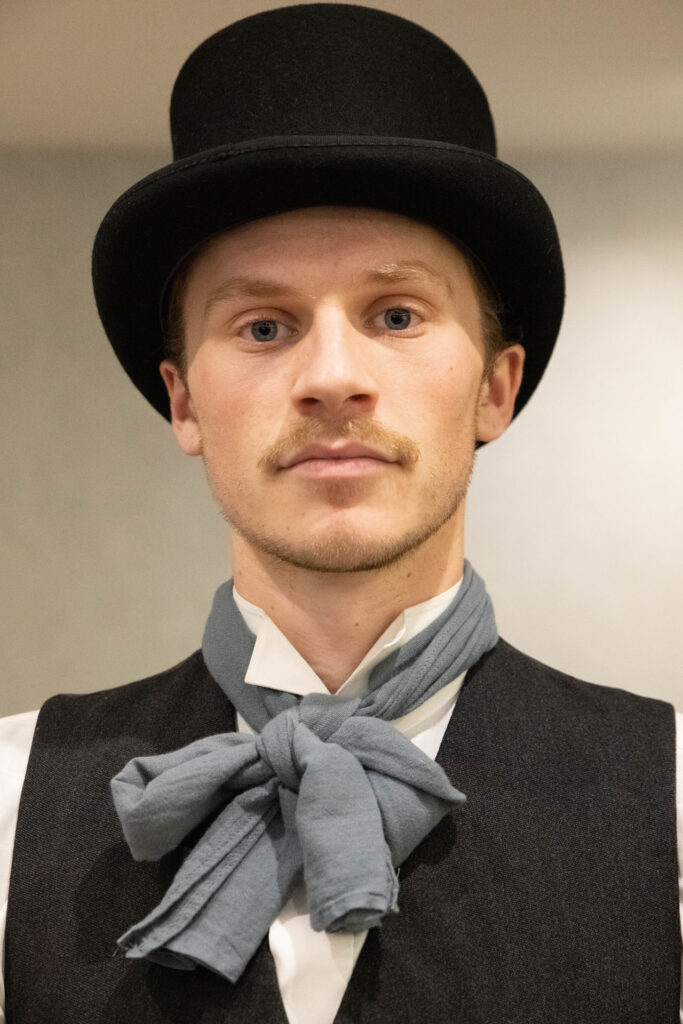
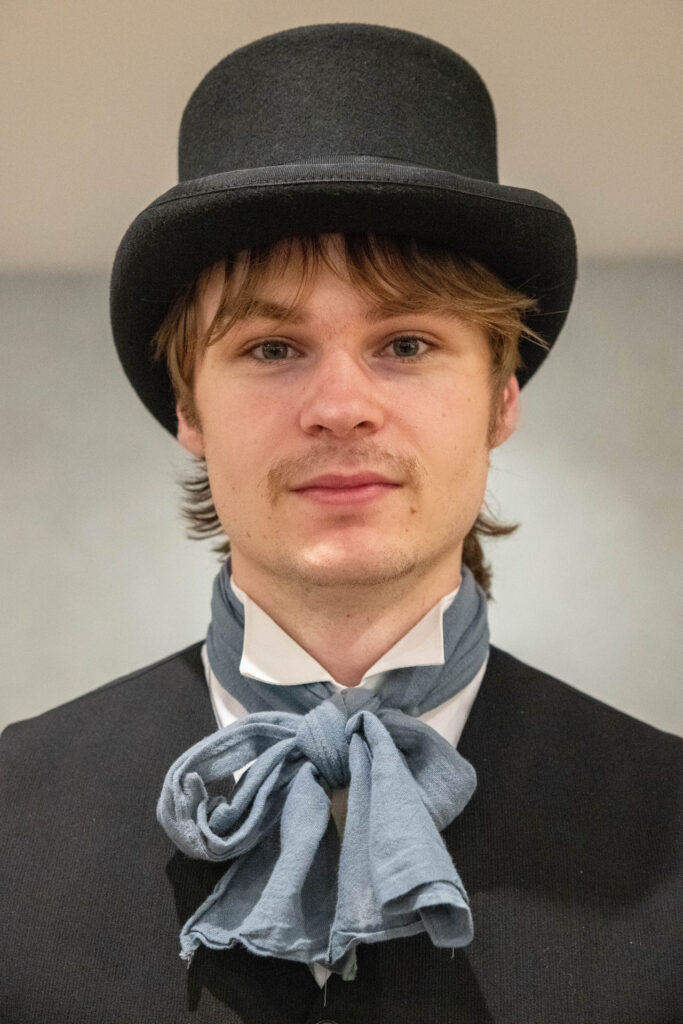
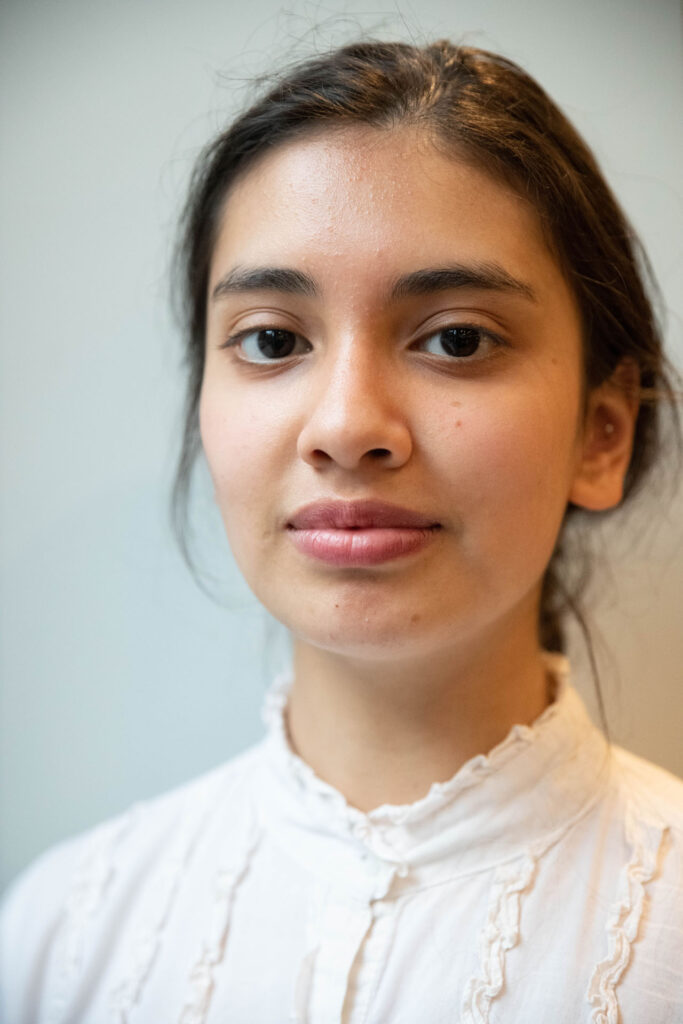
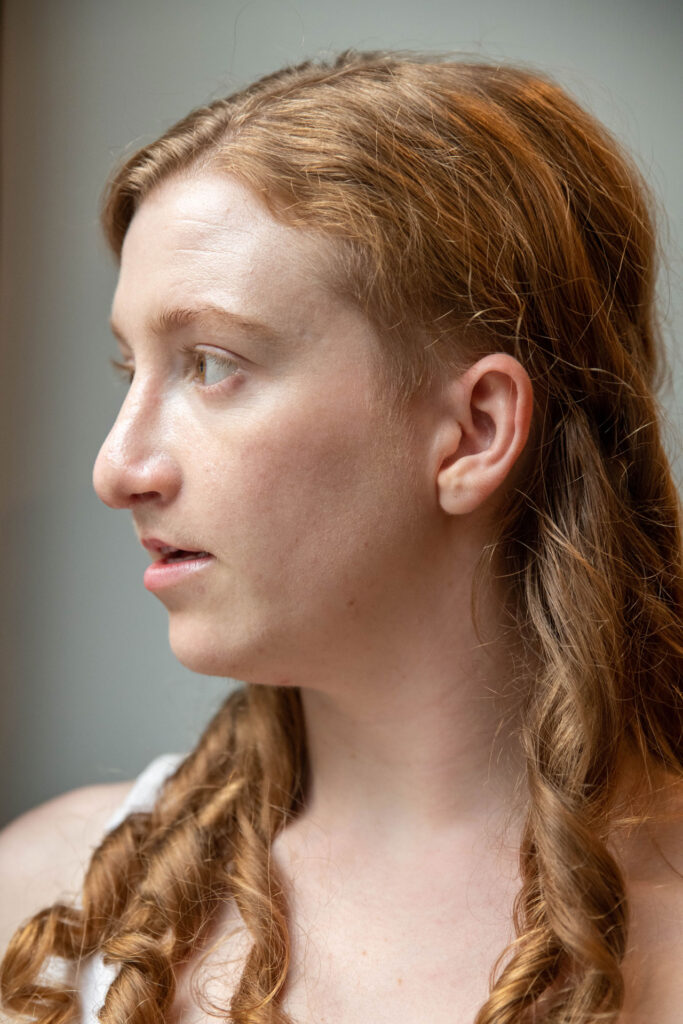
Excerpts from interviews
What is something that you found most interesting about Eleanor Marx?
The thing I found really interesting, which I didn’t even realise before we did the show, was that at the very end of the play we walked around and we introduced ourselves in different languages. I introduced myself as Eleanor Marx in Norwegian. You realised this woman and what she fought for lives in every generation and every nationality. Because the things she fought for they pass on, and they pass through the generations. It’s something we continue to fight for as the fight is never done until it’s done. Even in this moment, we wouldn’t do this if it wasn’t for her. So, she lives on in us. She will live on in the audience. And they will tell about her to a family member or friend. That was a really meaningful moment to me, in terms of really understanding. Petter Skurdal
What is something you’ve learned that you plan to carry with you?
My belief is that I can go into more theatre-based works. I think this experience has really made that clear to me. That it is possible for me. Working with my voice, we did a lot of that, is something I want to work on more. Freeing up the creativity is something that I responded to, and the pelvic area as a creative force and grounding myself a bit more. In dance education, you have to be light, whereas the opposite is the thing here. You have to be grounded and you have to be weighted, which is nice. Aske Ploug
This engagement: the pelvis, abs, chest, and voice. How to use my voice, how to be loud without screaming. How to project my voice without hurting myself. This was something my friends told me. When you use your voice, it’s like a different voice. It is not like when you’re talking to us, we talk inside. In rehearsals we could hear a different voice, an outside voice, and this was really cool because I was listening to a new voice from myself. This was something I kept practising, like by myself in my room. Like, whenever I was alone. I started practising because I knew I felt like something different was happening. I felt I was learning something. I think this is the first thing that continues to be in my mind I keep paying attention to it ………..the breathing too as everything is engaged. So, I start thinking about it like a dancer. How can I use it? How can I use this pelvis control to like inhale and exhale, at the proper time at the proper moment? This breathing exercise using your voice using your pelvis is the first thing I keep in my mind. Pietra Laura Lumy Ferreira Ohtaguro
Has the project made you more curious about invisible women from the 19th century?
It’s definitely made me more curious about Eleanor Marx specifically. When I think about invisible women or understated women, literally nothing comes to mind. And that’s kind of the point. That’s a problem. Shea Sullivan
Is there anything I haven’t asked you that you want to bring up?
I don’t know whose decision to make the performance free, but I think that was in line with the project and the theme of the performance. I think it shows that it’s not superficial. The impression I had, and Julia also said, was that it should be for the people, for the community. I really appreciate and admire how far they go in their beliefs. Aske Ploug
Tess Vocalina interviews actors Amanda Maud and Sophie Max and singer Ruth Getz who performed in Eleanor Marx: A Life in Movement
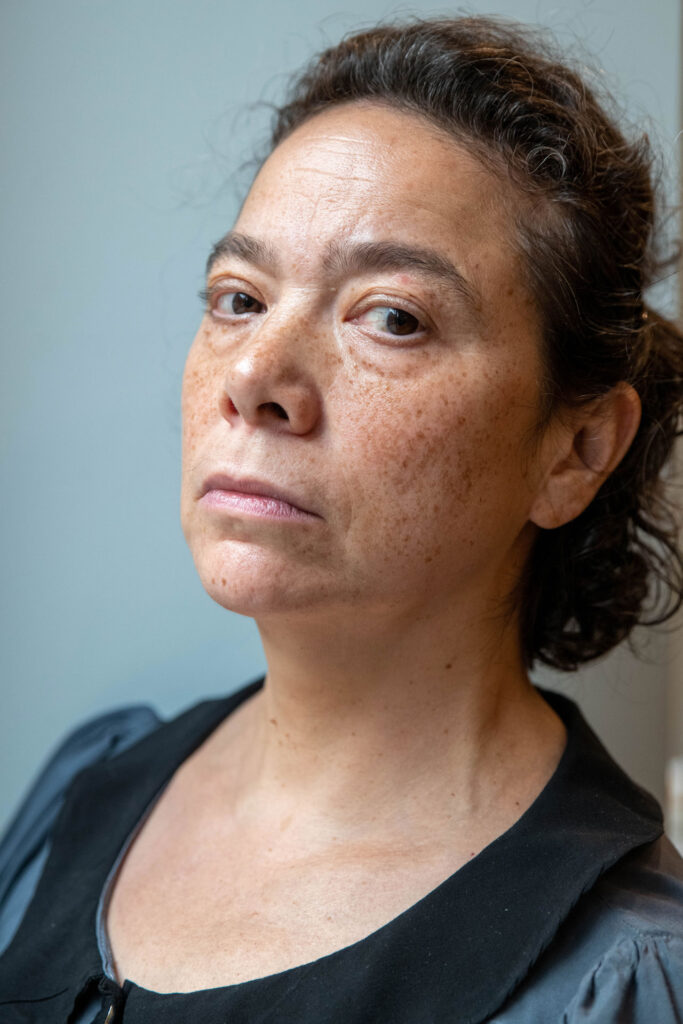
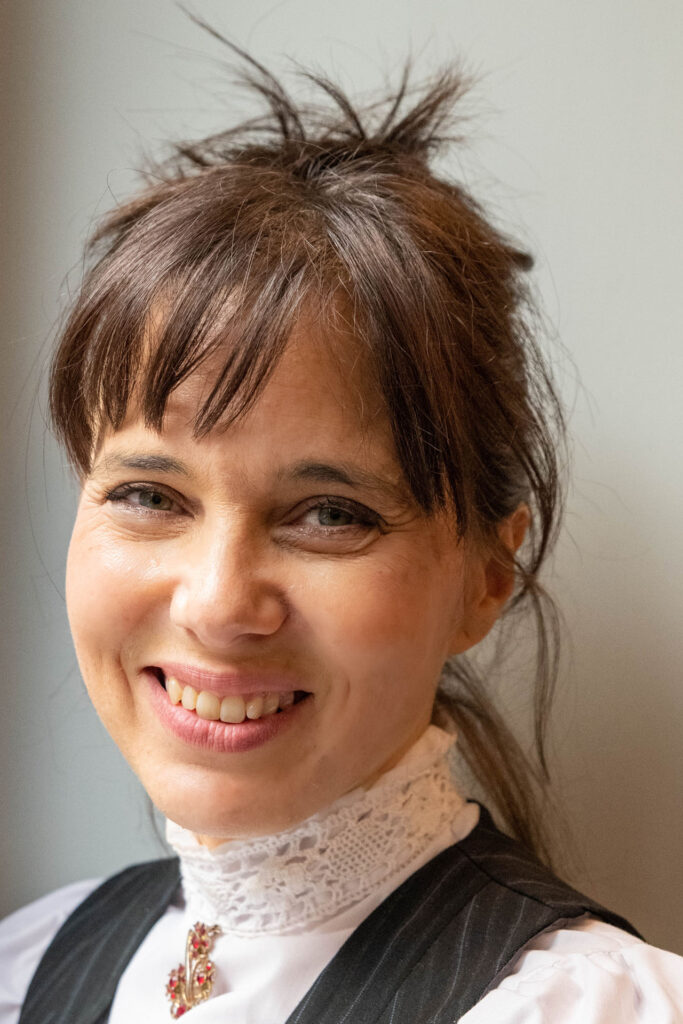
Excerpts from interviews
Was there something that you learned throughout this project?
A couple of things were reinforced: … there is no such thing as the right way to do theatre. We’re in the breakfast room of a kind of retro hotel and we were able to create theatre there and create a community of people with the audience, the volunteers, and the performers, and the creatives. That was reinforced and I continue to think there is no right way to do it, no prescribed way. It doesn’t make it less theatre, like a lower level of theatre than something that is in a huge proscenium arch space. The other thing that was reinforced was that we are all part of a continuing history .. …When Julia said, “We’re going to do, ‘We Will Overcome translated in Yiddish and can you play the guitar?” That’s when it triggered that feeling of being part of a continuing history. In the music workshop at the end, that’s from music hall through to the Civil Rights movement, Eleanor Marx and before Eleanor Marx, the French Revolution and the thinkers that inspired the French Revolution that we’re all part of that continual history. We have to keep going, we have to make sure that history continues. Amanda Maud
I guess like self-sufficiency and resilience in a way as an artist because I think, especially with such a fast process, and so many different moving pieces, you do have to be very self-sufficient knowing what you’re doing, figuring .figuring out what your character is doing .. . It was definitely a good use for my photographic memory and working as a team .. We all know as artists that you never work in a vacuum. You’re always working with other people. It’s always collaborative… very much being responsible for not just yourself and also for everyone else. Sophie Max
I think what I learned is to trust that it’s all going to be fine. You might think, “oh my goodness, how’s this all going to work together?” but I think when you’ve got people that are committed to each element of the performance, that when you come together for the final week and put it all together that it all makes sense and so I learned to not overthink and enjoy every minute of it and know that it’s all going to work out. Ruth Getz


